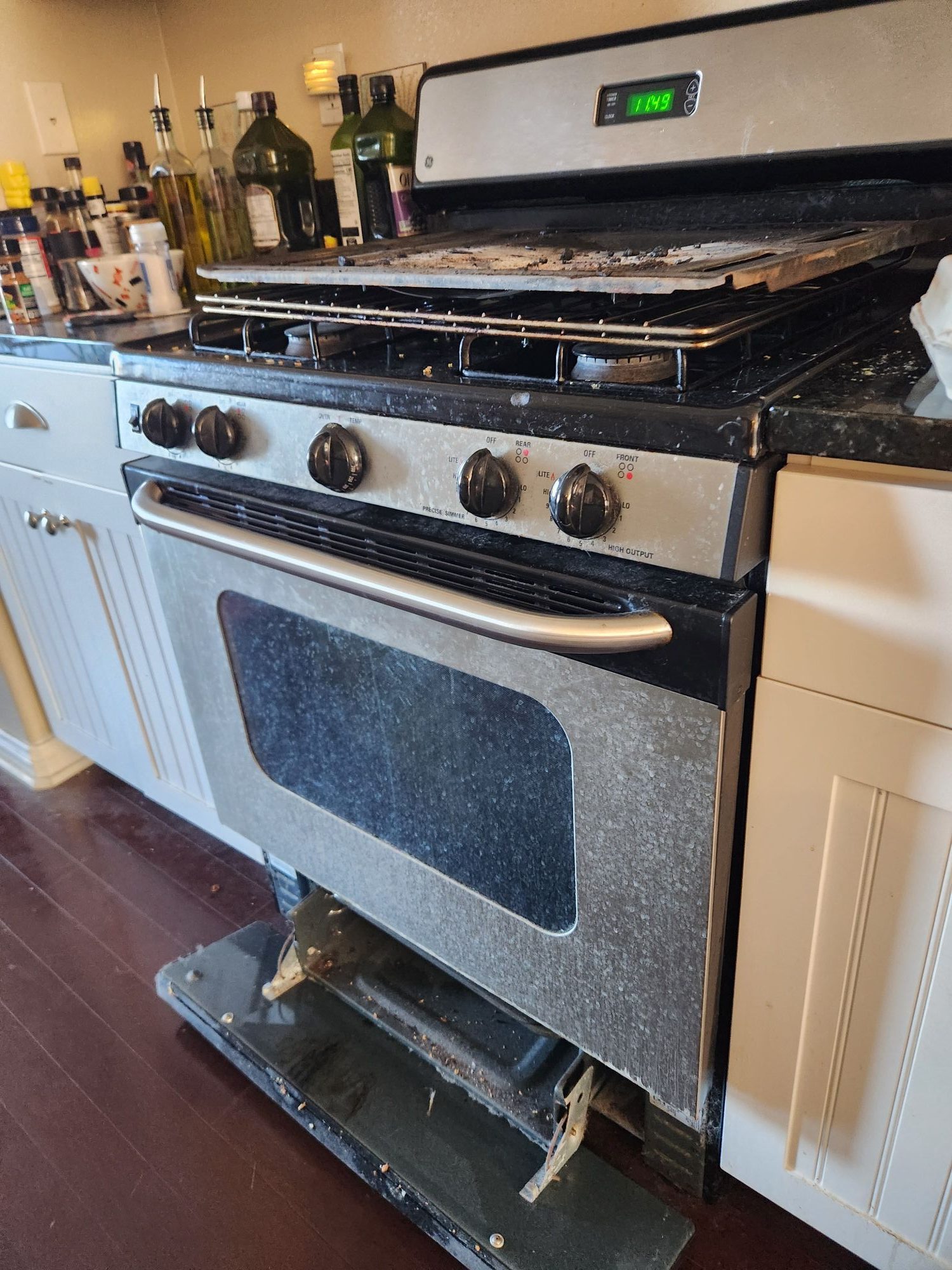
When choosing a hob for your kitchen, the material plays a crucial role in its durability, aesthetics, and ease of maintenance. Different materials have distinct advantages, influencing how they function in a busy household. Here’s a closer look at the most common materials used for hobs and their unique benefits.
Glass Hobs
Glass hobs are a popular choice due to their sleek, modern appearance. Made from toughened glass, these hobs provide a smooth and elegant surface that complements contemporary kitchen designs. Pros:- Aesthetic appeal with a polished finish
- Easy to clean due to the smooth surface
- Resistant to stains and scratches
- Can be fragile compared to other materials
- Requires careful handling to prevent cracks
- Shows smudges and fingerprints easily
Stainless Steel Hobs
Stainless steel is a traditional and widely used material for hobs, favored for its durability and professional look. It is especially common in commercial kitchens due to its heat and impact resistance. Pros:- Highly durable and resistant to rust
- Withstands high temperatures and heavy use
- Provides a professional-grade kitchen appearance
- Prone to scratches and dents over time
- Can be challenging to keep spotless due to fingerprints and water spots
- Requires frequent cleaning to maintain its shine
Ceramic Hobs
Ceramic hobs are made from glass-ceramic material, offering a balance of durability and modern aesthetics. These hobs are electrically powered and heat up quickly. Pros:- Even heat distribution for efficient cooking
- Smooth, easy-to-clean surface
- Sleek, stylish design that enhances the kitchen’s look
- Can be prone to cracking under extreme impact
- Slower to cool down compared to gas hobs
- May show visible marks from cookware use over time
Enamel Hobs
Enamel hobs are traditional and often found in older kitchen designs. This material consists of a metal base coated with an enamel layer, offering a sturdy and affordable option. Pros:- Budget-friendly compared to glass or stainless steel
- Available in different colors to match kitchen decor
- Resistant to high temperatures
- Can chip or crack over time
- Requires careful cleaning to prevent staining
- More difficult to maintain compared to modern materials
Induction Hobs (Glass-Ceramic with Magnetic Coils)
Induction hobs use a glass-ceramic surface but rely on electromagnetic technology to generate heat directly in the cookware. Pros:- Energy-efficient with rapid heating
- Safe to touch as the surface stays cool
- Easy to clean with a flat surface
- Requires compatible cookware
- Higher initial cost than conventional hobs
- Can be fragile and susceptible to damage from heavy impacts